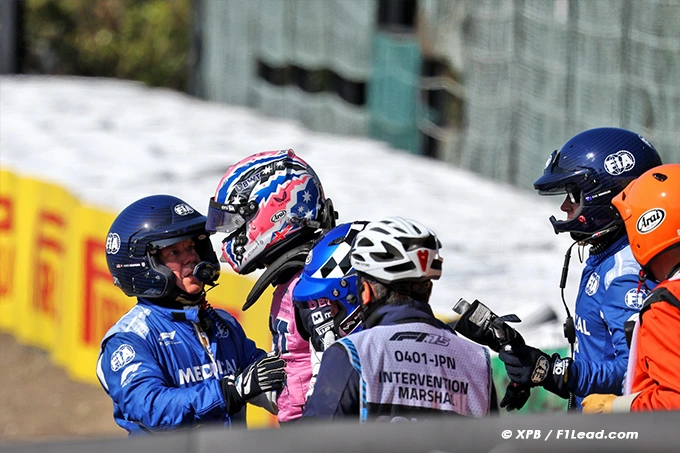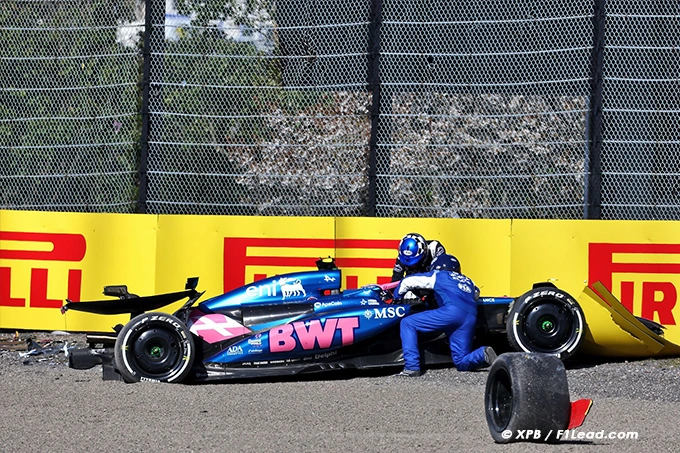After Doohan’s crash in Japan, drivers call on the FIA to explore smarter ways to auto-close DRS at high speeds.
Jack Doohan’s high-speed crash during Japanese GP practice has reignited safety concerns around how the DRS system is deactivated on Formula 1 cars.
During the second free practice at Suzuka, Doohan lost control at Turn 1 while traveling at 305 km/h. The crash occurred because his Drag Reduction System (DRS) remained open going into the corner, drastically reducing rear downforce and sending his car into a spin.
Although the maneuver was intentional — Doohan had practiced the same scenario in the simulator without issue — Alpine later admitted that engineers failed to flag it as risky and didn’t warn him during the pre-race briefings.
This incident has raised a key question: is the current method of closing DRS, which relies heavily on the driver and team settings, really the safest option?
How DRS Currently Closes
The DRS — designed to reduce drag and increase speed on straights — is supposed to close automatically under two conditions:
- When the driver hits the brakes.
- When the throttle is released past a certain point (typically around 20%).
However, teams are allowed to fine-tune how sensitive these triggers are. For example, they can decide how much brake pressure is needed or adjust the throttle percentage needed to close the DRS — even setting it to remain open until throttle drops below 80%.
While this flexibility works on most circuits, Suzuka is an exception. Turn 1 follows immediately after a DRS zone and can be taken almost flat out, creating a narrow safety margin for DRS closure. A similar issue once existed at Silverstone’s opening turns, which led the FIA to remove the DRS zone on the main straight after incidents in 2018.
Drivers Push for Smarter Safety
Following the Doohan crash, F1 drivers brought up the issue during Friday’s drivers’ briefing in Japan. Some called for a more automatic and foolproof DRS shutdown system — possibly one based on GPS signals that would close the flap when entering a specific track sector.
While such a system could enhance safety, it poses technical challenges. GPS signals, even with modern tech, can suffer from slight delays, and any lag in closing DRS at high speed could be dangerous.
Still, FIA race director Rui Marques acknowledged the concerns and confirmed that the governing body would investigate possible improvements.
Why It Matters
Doohan’s crash is a stark reminder that even small miscalculations with aerodynamics at high speed can have serious consequences. With modern F1 cars so reliant on precise airflow and downforce, a split-second error — like DRS staying open too long — can quickly become a major accident.
As the sport continues to evolve, both drivers and the FIA appear aligned on one thing: smarter, safer DRS systems are worth exploring.

- Discover More>Villeneuve: Doohan’s Fate Was Set – Now He Drives Desperate
- Follow us on >FACEBOOK and >TWITTERfor F1 updates
Doohan Crash Sparks New Debate Over DRS Shutdown Doohan Crash Sparks New Debate Over DRS Shutdown
